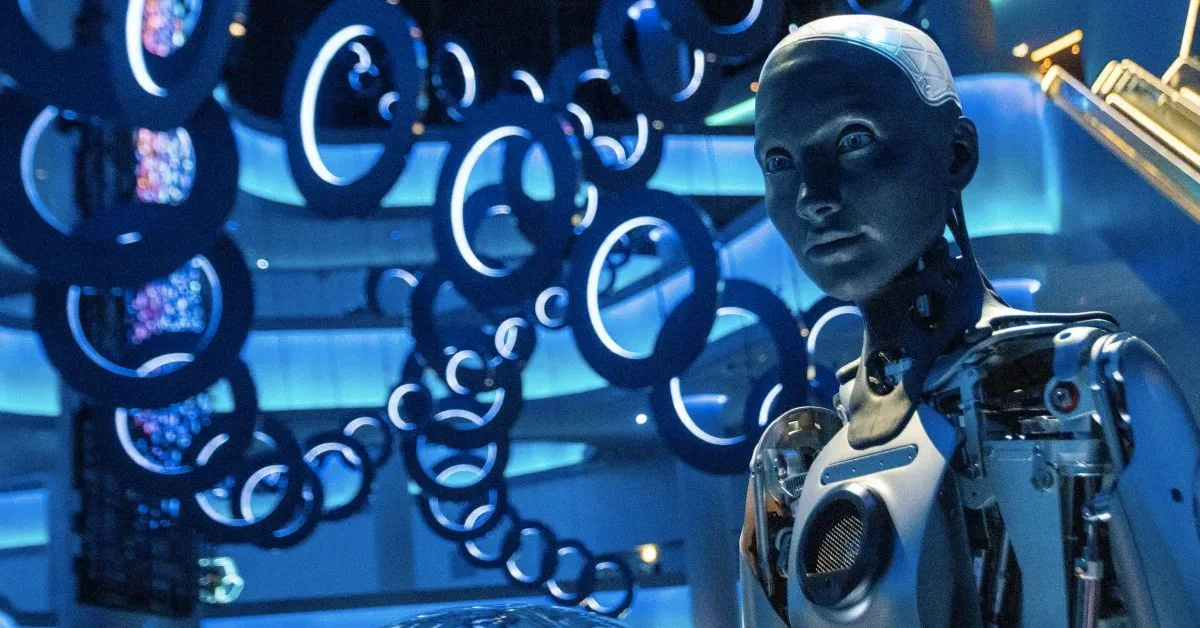For decades, fingerprints have been hailed as the gold standard in forensic science, with the belief that each person’s prints are entirely unique. However, a recent and controversial claim, propelled by advancements in artificial intelligence (AI), challenges this long-standing assumption. This post delves into the intriguing realm where AI meets forensic science, exploring that our fingerprints may not be as uniquely distinct as once believed.
The Foundation of Fingerprint Uniqueness:
The foundation of fingerprint analysis is built upon the presumption that the ridges, whorls, and minutiae – unique ridge patterns – on each person’s fingers are distinctive and immutable. This assumption has been a cornerstone in criminal investigations, forensic analysis, and even modern smartphone security. However, the advent of AI is now questioning the very essence of this assumption, sparking debates within the scientific community.
AI’s Challenge to Uniqueness:
AI, particularly machine learning algorithms, has been applied to analyze vast datasets of fingerprints with unprecedented precision and speed. In doing so, researchers have uncovered instances where similar patterns or minutiae exist among different individuals. This challenges the notion that fingerprints are entirely unique, suggesting that there might be a degree of overlap in the features traditionally considered exclusive to each person.

The Role of Genetic Factors:
One argument posited by AI researchers is the potential influence of genetic factors on fingerprint patterns. While fingerprints are formed during fetal development and influenced by genetic factors, traditional forensic science holds that even identical twins have distinct fingerprints. AI analysis, however, suggests that certain genetic similarities might contribute to the observed overlap, leading to the controversial claim that not all fingerprints are as unique as previously believed.
Challenges in Fingerprint Analysis:
AI’s assertion of non-uniqueness introduces challenges to the reliability of fingerprint analysis in criminal investigations. Courts and law enforcement agencies have long relied on fingerprint evidence as a near-foolproof method of identification. The emergence of AI findings prompts a reevaluation of the methodologies and assumptions underpinning forensic fingerprint analysis, raising questions about the potential for misidentifications and false positives.
Legal Implications and Criminal Justice Reforms:
The notion that fingerprints may not be entirely unique has significant legal implications. Convictions based solely on fingerprint evidence have been considered highly reliable, but AI’s revelations challenge this confidence. Legal experts and policymakers are now faced with the task of reassessing the weight given to fingerprint evidence in court, potentially leading to reforms in criminal justice procedures and the criteria for admitting fingerprint evidence.
The Evolution of Forensic Science:
The controversy surrounding the uniqueness of fingerprints highlights the evolving nature of forensic science and its intersection with AI. As technology advances, traditional forensic methodologies are being reexamined, and new questions are being raised. AI is not only a tool for analysis but a catalyst for a broader reconsideration of the assumptions that underlie forensic practices, driving the field towards greater accuracy and reliability.
Balancing Accuracy and Skepticism:
While AI challenges the notion of absolute uniqueness in fingerprints, it is essential to approach this revelation with a balanced perspective. The vast majority of fingerprint analyses conducted by experts still yield reliable results. AI’s findings, rather than discrediting fingerprint analysis entirely, underscore the importance of ongoing research, scrutiny, and the incorporation of technological advancements to refine and improve forensic methodologies.
Ethical Considerations in Fingerprint Analysis:
The ethical implications of AI challenging fingerprint uniqueness cannot be understated. As the controversy unfolds, questions arise about the responsibilities of forensic experts, the transparency of methodologies, and the potential consequences of misinterpretations. Ethical guidelines must adapt to the evolving landscape, ensuring that advancements in AI are harnessed responsibly and that the public remains informed about the limitations and possibilities of fingerprint analysis.

Conclusion:
The intersection of AI and forensic science challenges long-held beliefs about the uniqueness of fingerprints. As technology continues to evolve, so too must our understanding of forensic methodologies. While AI’s findings open a dialogue about the reliability of fingerprint evidence, it is crucial to approach this controversy with a measured perspective, acknowledging the potential for refinement in forensic practices without undermining the overall efficacy of fingerprint analysis. As debates continue and advancements unfold, the collaboration between AI and forensic science holds the promise of a more nuanced and accurate understanding of one of the most established tools in criminal investigations.










